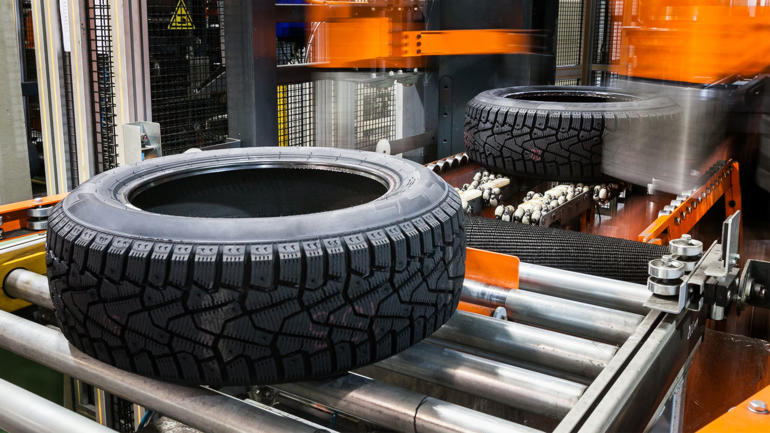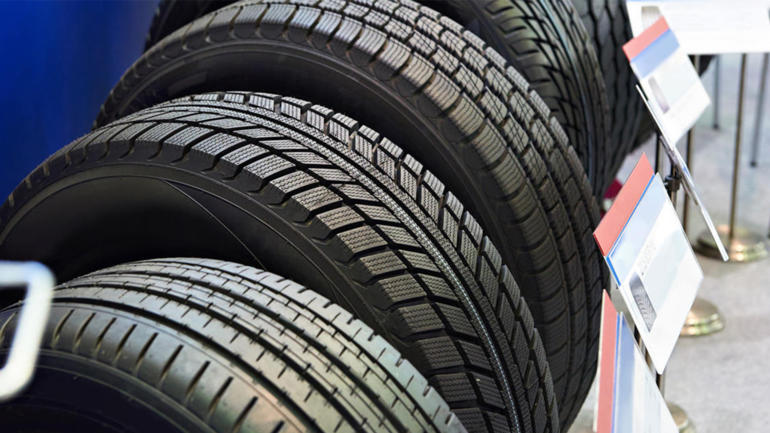Geneva, 10 March 2021: A Tire Industry Project (TIP)-sponsored study has demonstrated that single tire and road wear particles (TRWP) can be differentiated from black microplastics found in environmental media including air, water, sediment, and soil.
The study, “Chemical mapping of tire and road wear particles for single particle analysis,” presents a method that can be used for the reliable identification (or characterization) of TRWP in the environment.
TRWP are debris produced during driving by the necessary friction between tires and road surface; they are a mix of approximately half tire tread material and half road pavement material.
The differentiation method uses existing analytical tools and equipment, making it a practical option for laboratories wishing to perform single particle analysis. It offers a reliable analytical method that can contribute to scientific understanding of the potential contribution of TRWP among the loading of microparticles in the environment. The methods developed in the study reinforce the necessity for using a combination of physical and chemical markers to identify TRWP.
Why do tires produce particles?
TRWP are created through abrasion, which is a physical consequence of the tire's performance on the road, including turning, braking, and acceleration. A tire is built to enhance consumer safety and environmental performance under different road and weather conditions. To meet desired performance levels, tires must achieve a fine balance between several requirements.
Identifying and quantifying tire and road wear particles in the environment
TIP has supported research into TRWP for more than a decade, making important contributions to the state-of-knowledge on TRWP characteristics and composition. TIP-sponsored studies have found TRWP are unlikely to negatively impact human health and the environment. However, TIP is engaged in continual research to improve scientific understanding of the potential risks associated with TRWP. TIP has sponsored the following studies relevant to the identification and quantification of TRWP in the environment:
- Chemical mapping of tire and road wear particles for single particle analysis. Kovochich et al., 2020. Science of the Total Environment - link
- Evaluation of Tire Wear Contribution to PM2.5 in Urban Environments. Panko et al., 2019. Atmosphere - link
- Comparison of Tire and Road Wear Particle Concentrations in Sediment for Watersheds in France, Japan, and the United States by Quantitative Pyrolysis GC/MS Analysis. Unice et al., 2013. Environmental Science and Technology - link
- Measurement of airborne concentrations of tire and road wear particles in urban and rural areas of France, Japan, and the United States. Panko et al., 2013. Atmospheric Environment - link
- Use of a Deuterated Internal Standard with Pyrolysis-GC/MS Dimeric Marker Analysis to Quantify Tire Tread Particles in the Environment. Unice et al., 2012. International Journal of Environmental Research and Public Health - link
- Comparison of particles generated using different methodologies. (2010) - link
Discover more TIP-sponsored TRWP research here.








